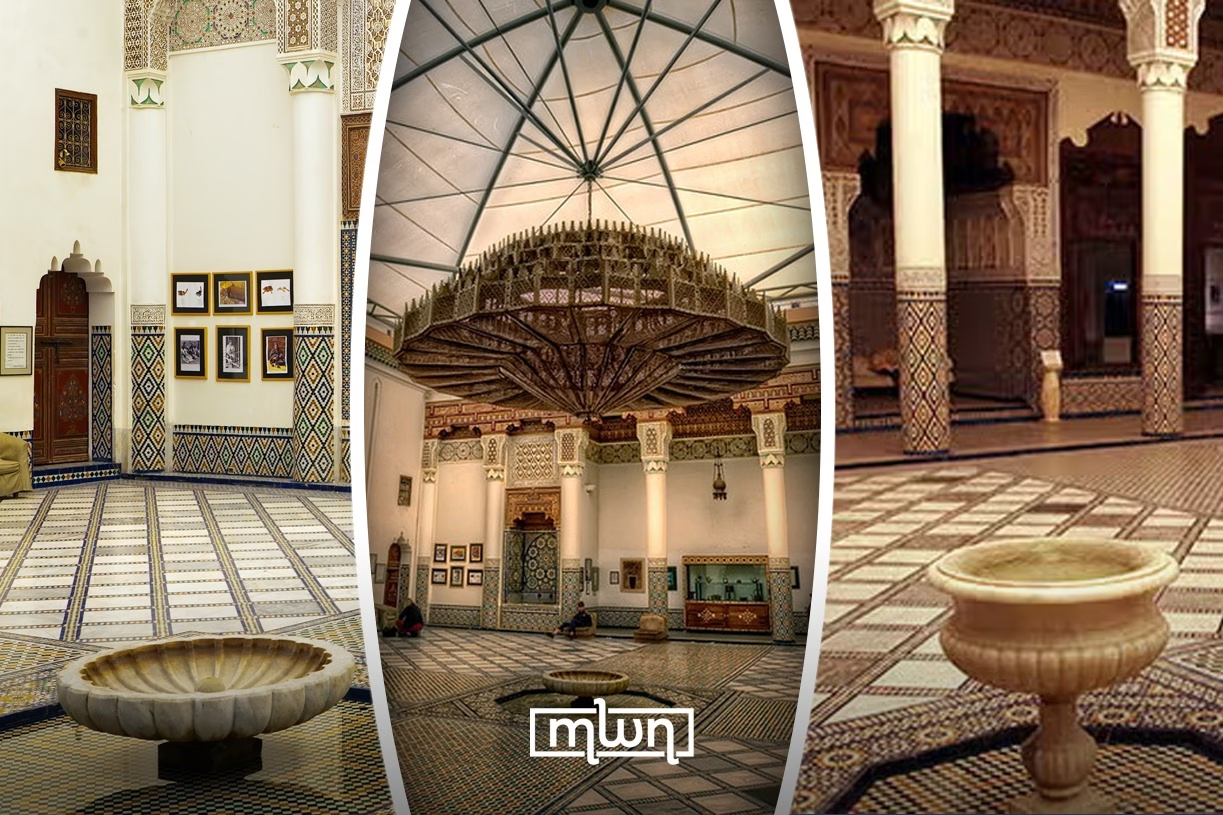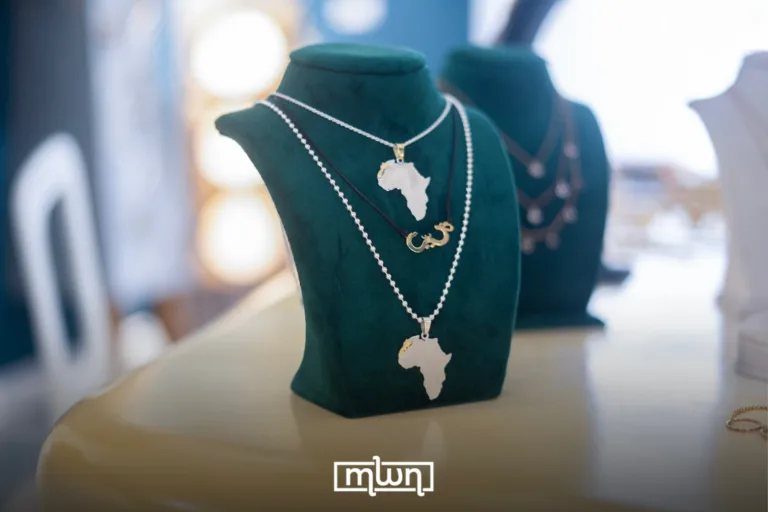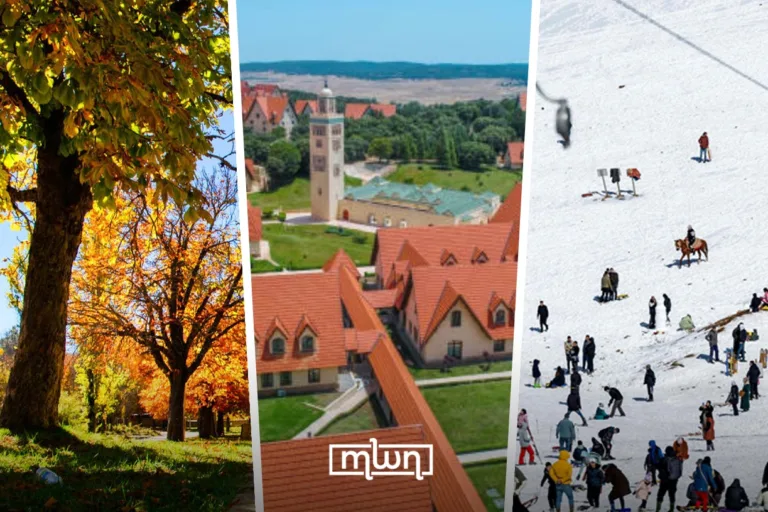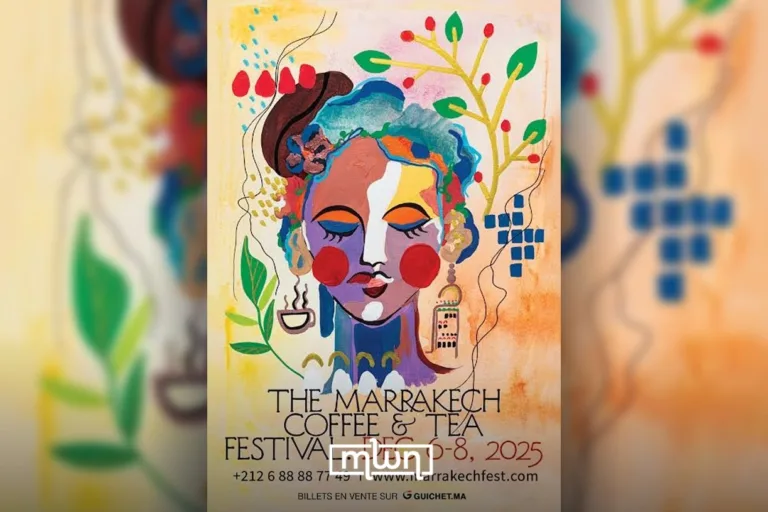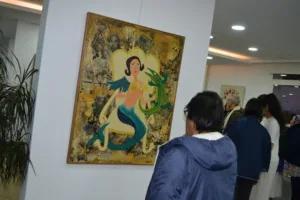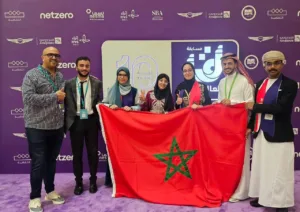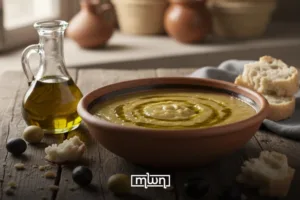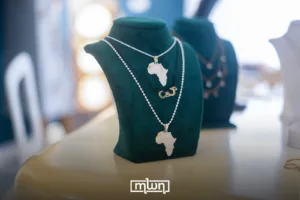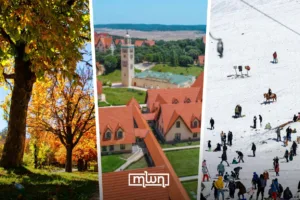The Tea Museum of Marrakech turns daily tradition into cultural education, inviting visitors to brew, taste, and understand.
Fez – The Tea Museum of Marrakech, known as “1112,” offers more than a showcase of objects; it functions as a living archive of Morocco’s most practiced and symbolic ritual: tea preparation and consumption.
Located within the historic fabric of the medina, the museum occupies a restored riad near key cultural landmarks such as the Ben Youssef Mosque and the Almoravid Qubba.
Yet its significance lies not in its location, but in its redefinition of what a museum can be.
In Morocco, tea is not merely a beverage. It is an established social institution, one that speaks to values of hospitality, hierarchy, taste, and regional identity.
The museum distills this cultural density into an experience that is both structured and participatory.
Visitors are not passive observers. From the first poured glass to the final curated activity, they are drawn into the nuances of a practice that blends memory, skill, and sensory awareness.
The institution takes its name from a rare historical detail: the number 1112, discovered carved into one of its ceilings, corresponding to the Hijri calendar.
This inscription grounds the space within both architectural and historical timelines, further legitimizing its role as a site of preservation.
The museum’s collection includes antique tea utensils, silver teapots, engraved trays, enamel cups, and sugar breakers, some dating back to the 19th century.
Several pieces were originally produced in Manchester and gifted to Moroccan sultans before becoming integrated into local customs.
Others are the work of traditional Moroccan artisans, reflecting regional aesthetic sensibilities.
Together, these objects provide material evidence of how tea culture evolved from elite households to a nationwide daily habit.
But the museum does not limit itself to ethnographic display. It actively stages the tea-making process as an educational encounter.
After sampling regional blends, ranging from Saharan saffron-infused tea to rose-scented brews from Kalaat M’Gouna, visitors are invited to prepare their own.
They select herbs, adjust proportions, and serve their tea in a space designed to emulate the calm and ceremony of traditional Moroccan salons.
This pedagogical method continues into additional workshops. One activity integrates tea with artistic expression: participants engage in calligraphy, embroidery, or watercolor painting while continuing their tasting session.
These creative extensions are held in rooms preserved with original cedar-wood ceilings and zellige tilework, offering further layers of cultural engagement.
The museum operates on the premise that heritage is not static. By inviting visitors to take part in the ritual, it frames Moroccan tea culture not as a relic of the past, but as a living, adaptable language.
In doing so, “1112” fulfills a dual function: it safeguards intangible heritage while ensuring its relevance across generations and geographies.
It is a museum, yes, but also a school, a workshop, and in many ways, a quiet form of cultural diplomacy.
Read also: Stage Car Glitch Endangers Beyoncé Mid-Performance in Houston

